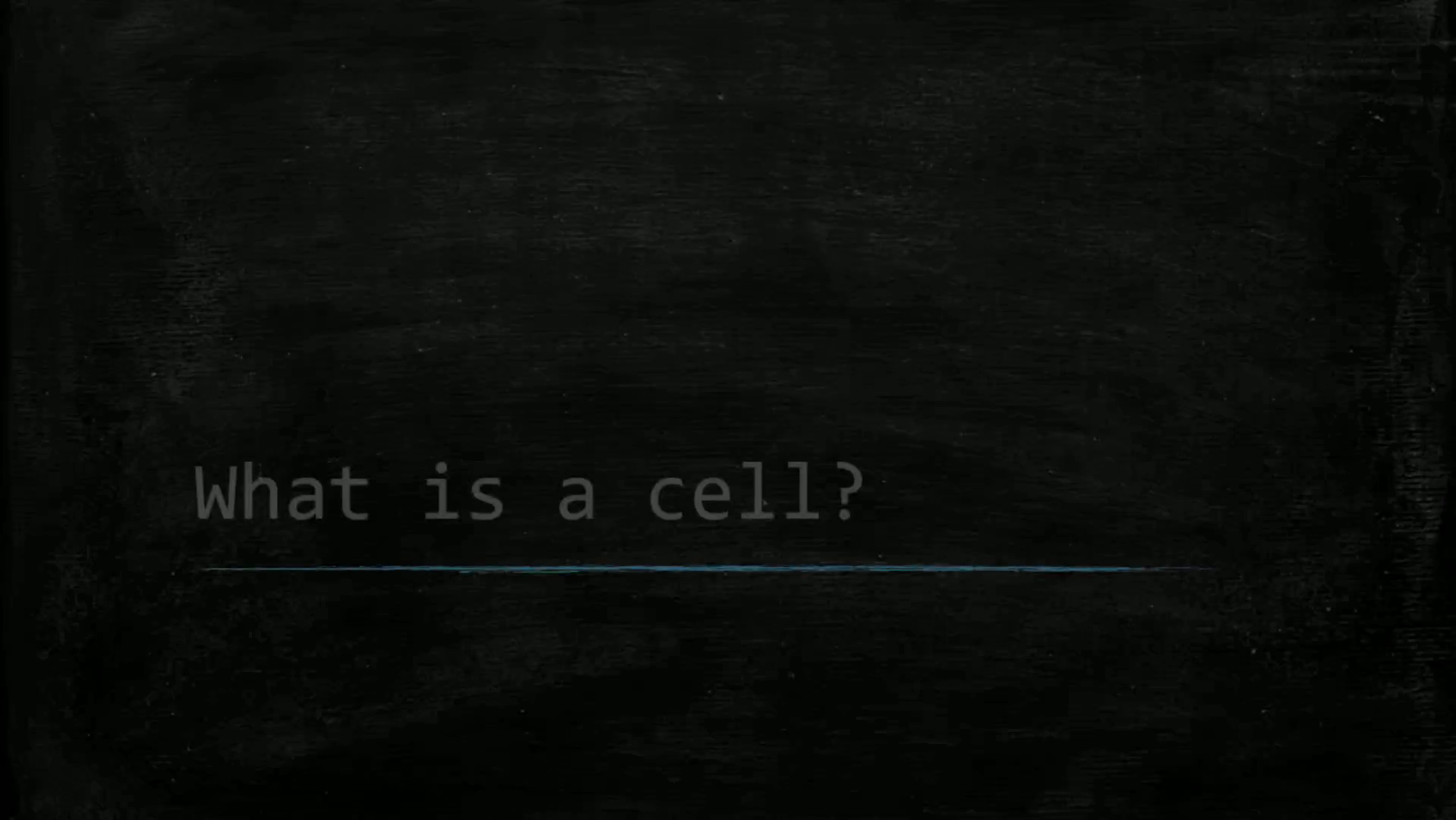Page 1 (0s)
[Audio] Hello and welcome to The A&P Corner, where all things Anatomy and Physiology rule and so do you! If you're new here, don't forget to hit that like button and don't forget to subscribe so you can stay up to date with the posted content. Alright, now that we got that out of the way, let's get into it. In this video we are going to talk about cells: what are they and what do they do?.
Page 2 (27s)
[Audio] Since the 1800s, extensive research has been done on cells. As a result, we have four concepts on cells that are collectively known as cell theory. These concepts define cells and their purpose. Cells are the basic building blocks to all life. Without cells, there is no life. A cells shape determines what it does. Cells can only come from other cells. Lastly, what an organisms' cells do as an individual cell, and what all the cells do collectively, determines the organisms overall activities..
Page 3 (1m 8s)
[Audio] There are over 250 cell types in the human body, each varying greatly in size, shape, and function. Red blood cells (erythrocytes) are disk shaped, while skin cells (epithelial cells) are flat and tilelike. A cells structure determines its function. Smooth muscle cells are found in places like the heart and other hollow visceral organs. Regardless of the differences, all cells have the same basic parts and common functions. In the next few seconds here, we're going to go over the three main basic parts almost all cells contain..
Page 4 (1m 49s)
[Audio] The three main parts to a human cell are the plasma membrane, the cytoplasm, and the nucleus. Other organelles live inside the cell as well, depending on the type of cell. Other organelles include the Golgi complex, lysosomes, the mighty mitochondria, and the endoplasmic reticulum..
Page 5 (2m 11s)
[Audio] What is the plasma membrane? The plasma membrane is the outermost barrier of a cell. It acts as a selectively permeable barrier. What does that mean? It means that only certain things are allowed to enter and exit the cell. The plasma membrane is made up of two layers (a bilayer) of lipid or fat molecules, with protein molecules plugged into it. Some of these protein molecules act like gates, allowing only certain small, water-based molecules or ions to pass through. We'll get further into the plasma membrane in the What is the plasma membrane video..
Page 6 (2m 53s)
[Audio] Moving on to the cytoplasm. The cytoplasm, or cell-forming material, is all the cellular material found between the plasma membrane and the nucleus. Cytoplasm is packed with organelles, and while early microscopists thought that cytoplasm was this structureless gel, it's actually made up of three major elements: cytosol, organelles, and inclusions. To learn more on the cytoplasm, check out our What is cytoplasm video..
Page 7 (3m 24s)
[Audio] Last but most certainly not least, is the nucleus. The nucleus is usually located in the center of its cell, and controls all cellular activity. It is the genetic library of the cell, and it holds all the instructions needed to build all our body's proteins. Most cells have only one nucleus, but some cells – like skeletal muscle cells and some liver cells – are multinucleate. This means they have more than one nucleus. Without a nucleus, a cell is not able to make the mRNA needed to make proteins. Mature red blood cells are the only cells to not have a nucleus. More on this in another video..
Page 8 (4m 10s)
[Audio] Now that we're familiar with the basics of cells, here's some fun fact trivia information! Robert Hooke, an English physicist, first discovered plant cells using a crude microscope in the late 1600s. Nerve cells, like the one responsible for causing you to wiggle your big toe, can be over a meter in length, while the smallest cells are approximately 2 micrometers (or 1/12,000 of an inch)..
Page 9 (4m 37s)
[Audio] As always, at the A&P corner credit is given when credits due. This video is brought to you by the sixth edition of Pearson Educations Anatomy and physiology book. Images were downloaded from Freepik.com. For more information on cells, and all other things A&P, head back to the channel page and check out the other videos. Don't forget to hit the like button if you found this information helpful, and don't forget to subscribe to stay up to date on all the posted content. Thanks for watching, stay learning!.
